Emulsion and Paints
The key processes and focus principles RPM began to dwell in was on the difference between mixing, blending and agitation. The investigative approach began when RPM was imposed with customer challenges to jointly develop problem solving techniques to overcome challenges in liquids such as emulsions and paints. RPM and the end user overcame unprecedented challenges when mechanical properties of the mediums began to complicate established designs, leading to redesigning or improvisation of designs. Revising from the basic principles of mixing, blending and agitation always gave a different perspective to the problem each time resulting in successful results despite failed attempts.
Newer fluids having mechanical properties that are not easy to emulsify up to micron levels at times may need more sophisticated equipment than just a simple mixer. To a large extent, equipment design plays a critical role and for certain applications, finish of the tank up to micron levels play a vital role in fluid movement within the equipment, frictional loss reduction and limited residual product when emptying. There are also rotating mixers where equipment rotates and blades are stationery as in the unique case of butter churn, RPM’s trademark equipment with robust design which is used for churning cream to butter

Oils

